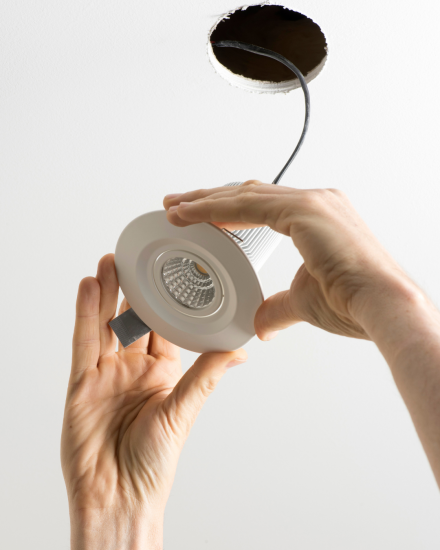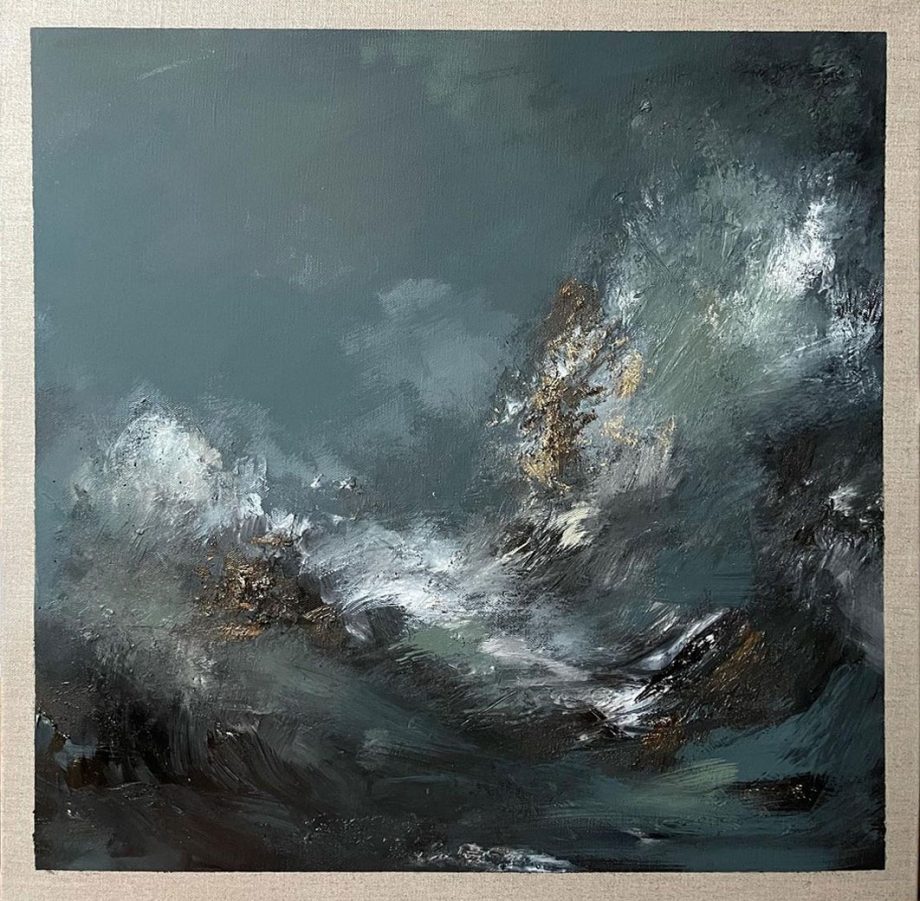Modern downlights or spotlights can be used for all artwork. As each house and each artwork is different, you should always consult the placement and angle of downlights with a lighting consultant.
There are a few things to consider, such as the picture size and type, the ceiling height, and the positioning of the artwork. You need to adjust the beam width to match the size of the picture – a wide beam will be ideal for lighting a large painting or a selection of paintings, and a narrow beam will work best for smaller pieces and will provide the focus over a special artwork that you want to draw the most attention to.
When lighting artwork, the suggested angle for the light is 30 degrees. However, this angle might not work for some paintings, it depends on the size, texture, and even content of the painting.
Pro Tip: Downlights are recessed ceiling fixtures, which means they can’t be moved without drywall surgery. They’re a good choice if you know where the artwork is going and that you’re going to keep it there. However, if you’re unsure or your art collection is changing regularly, consider installing surface mounted directional spotlights. They’re much more flexible and will allow you to relocate a painting, and then adjust the direction and angle of the light without needing to remove drywall from the ceiling!
5) Set the same lighting levels for daytime and nighttime











